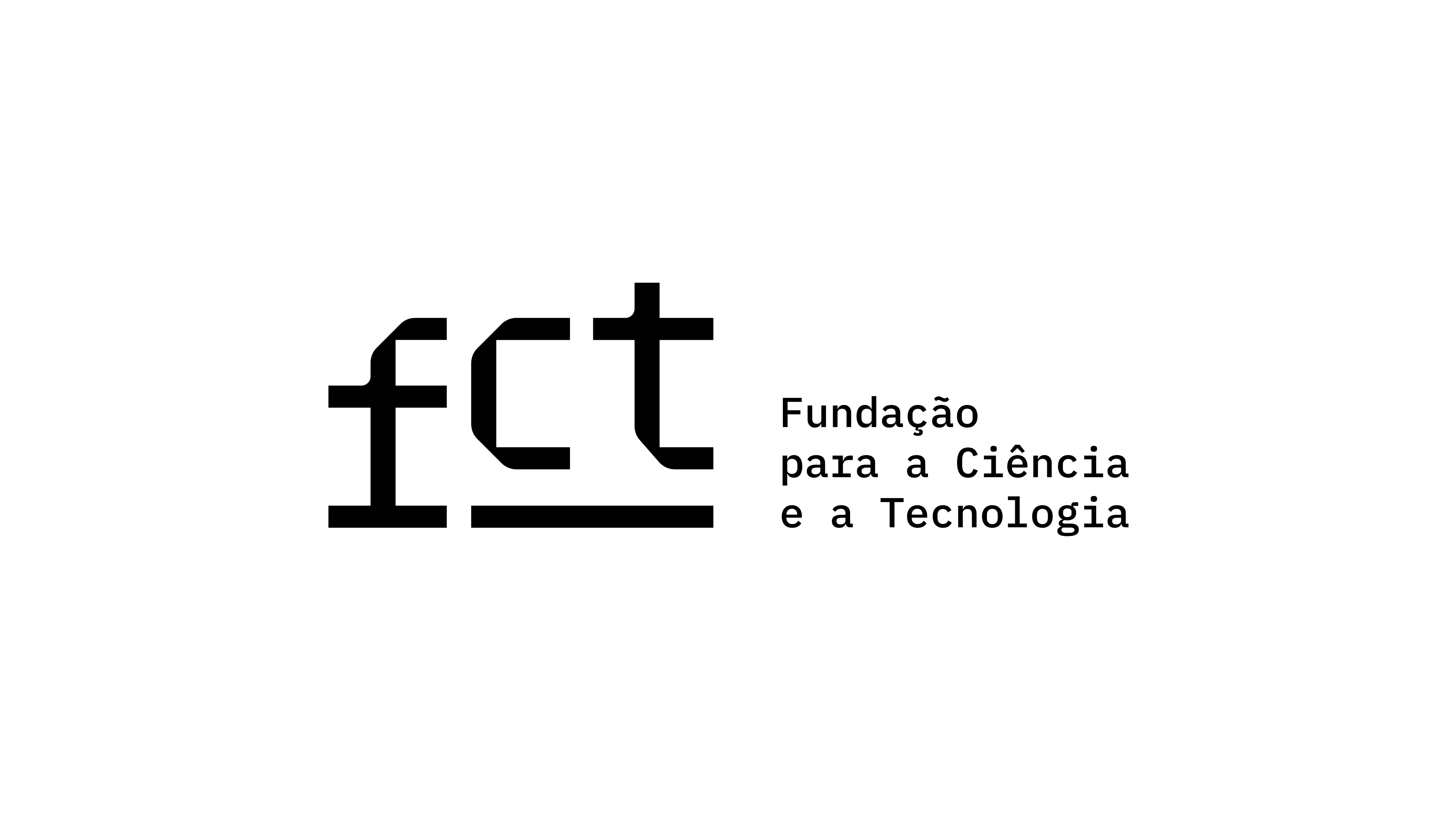Call for Papers | Constellations of the Sensible: Aiesthesis, Encounters and Frictions in Visual Cultures (No. 17) | From September 23, 2025 to December 5, 2025
Thematic Editors: Patricia Posch (Universidade do Minho, Portugal/Universidade Estadual do Rio de Janeiro, Brazil), Alessandra Simões Paiva (Universidade Federal do Sul da Bahia, Brazil/Associação Brasileira de Críticos de Arte, Brazil) and Rosa Cabecinhas (Universidade do Minho, Portugal)
We live in a moment in which the production and circulation of images intertwine with multiple forms of perception, sensorial experience, and social relations. Drawing on Walter Mignolo’s concept of aiesthesis, we understand sensibility as going beyond visual experience, being inscribed in specific historical, cultural and political contexts, and involving body, memory, affects and community practices. Seeing, feeling and perceiving are not neutral activities but modes of acting and responding to power regimes, serving as tools of existence, resistance and epistemological reconfiguration.
This openness to new ways of producing and sensing visualities has required rethinking the role of image and gaze in the construction of meaning, as well as the social and cultural power relations that frame them. It involves an insurgent aesthetic that values linguistic, spiritual and bodily hybridity as forms of sensorial resistance (Anzaldúa, 1987). In this regard, proposals such as Silvia Rivera Cusicanqui’s (2010) concept of ch’ixi, which points to sensitive logics resisting Western homogenisation and revealing an aesthetics of difference without conciliatory synthesis, and Leda Martins’s (2021) reflections on spiral time, which centre the body, memory and ancestry as agents of reconfiguration of aesthetic perception, are crucial.
Essentially, investigating and producing visualities today requires attention not only to what is seen but also to how one feels, participates and co-creates the world collectively. Jacques Rancière (2000), in Le Partage du Sensible (The Politics of Aesthetics), reminds us of the need to carefully examine the distribution schemes of the visible and aesthetic experience — both intrinsically political and determinant of who has a voice and who can participate in the public sphere. This aesthetic sensibility incorporates poetic and ethical dimensions, recognising that perceiving and creating images entails simultaneously affective, ethical, and aesthetic experiences.
This renewed gaze towards images and visualities — slowed, attentive and sensitive — invites us to reflect on how practices in the field of visual cultures — including visual arts, media and curatorial practices — reconfigure ecologies of feeling and may serve as instruments of existence, resistance, insurgency and/or epistemological reconfiguration. Such practices challenge established social norms, promote micropolitical insurgencies (Rolnik, 2018), and expand our understanding of what can be visually experienced and collectively shared as the sensible.
These diverse manifestations form the focus of this issue of Vista. With the aim of mapping and encouraging research that pushes the boundaries of visual culture by incorporating sensorial experiences beyond mere sight and fostering dialogue between aesthetics, politics and social practice, this issue explores the importance of openness to new ways of producing and perceiving visualities. Taking Walter Mignolo’s (2010, 2019) concept of aiesthesis as a guiding thread, we invite submissions that explore aesthetic, cultural, political and/or epistemological dimensions of visual manifestations. We seek contributions that investigate ways of apprehending and creating images that challenge paradigms, broaden modes of seeing (Berger et al., 1972), and reconfigure the visible–sensible space. The practical dimension of these reflections may be expressed, for example, in projects, performances, exhibitions, activism and digital networks that unsettle the relationship between visibility, power and ethics, fostering encounters and frictions between different epistemologies and modes of seeing and creating visualities.
We encourage submissions in the form of articles, visual essays, case studies, interviews or book reviews that employ or critically examine contemporary practices in the visual arts, proposing new poetics and visual ecologies. Submissions from across disciplines are welcome, including but not limited to the following themes:
- Theoretical and practical explorations of the concept of aiesthesis;
- Decolonial visual practices, counter-archives and the restitution of memories;
- Contemporary visual arts as modes of producing sensoriality and resistance;
- Aesthetics of activism and of visual, digital or media-based performance;
- Politics of visibility, insurgent images and modes of visual resistance;
- Visual production by marginalised groups (Latin American, Indigenous, Afro-descendant, among others);
- Different modes of producing sensibility;
- Relations between image, sensibility and alternative epistemologies;
- Textual and visual hybridities; poetics of encounter and friction;
- Visual education, community curatorship and participatory practices;
- Contemporary technologies and their aesthetic, ethical and political implications for image production;
- Co-creation and processes of re-signifying images and monuments;
- Sensitive re-readings of tangible and intangible heritage.
IMPORTANT DATES
Submission (full manuscript): from September 23, 2025 to December 5, 2025
Journal publication date: continuous edition (January to June 2026)
LANGUAGE
The manuscripts may be submitted in English or Portuguese. Papers selected for publication will be translated into Portuguese or English and must be published in both languages.
EDITING AND SUBMISSION
Vista is an open-access academic journal following demanding peer-review standards based on a double-blind review process. After submission, the papers will be forwarded to two reviewers, previously invited to evaluate them according to their academic quality, originality, and relevance to the journal's objectives and scope.
Originals must be submitted through the journal's website (https://revistavista.pt/). If you are accessing Vista for the first time, you must register before submitting your article (instructions for registration here).
The guidelines for authors are available here.
For further information, please contact: vista@ics.uminho.pt
References
Anzaldúa, G. (1987). Borderlands/la frontera: The new mestiza. Aunt Lute Books.
Berger, J., Blomberg, S., Fox, C., Dibb, M., & Hollis, R. (1972). Ways of seeing. Penguin Books.
Cusicanqui, S. (2010). Ch’ixinakax utxiwa: Una reflexión sobre prácticas y discursos descolonizadores. Tinta Limón.
Martins, L. M. (2021). Performances do tempo espiralar, poéticas do corpo-tela. Editora Cobogó.
Mignolo, W. (2010). Aiesthesis decolonial. Calle14, 4(4), 10–15.
Mignolo, W. (2019). Reconstitución epistémica/estética: La aesthesis decolonial una década después. Calle14, 14(25), 14–32.
Rancière, J. (2000). Le partage du sensible. La Fabrique Éditions.
Rolnik, S. (2018). Esferas da insurreição. N-1 Edições.








